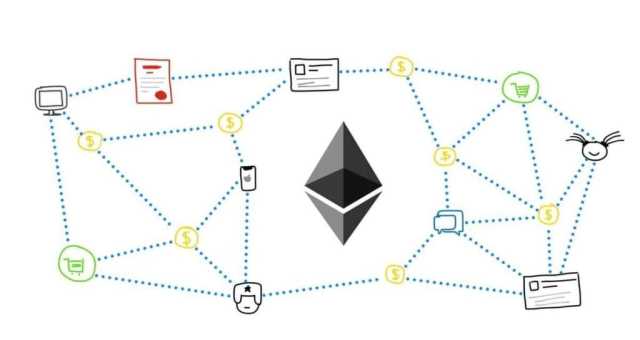
Such interpretations of difficulty are important in the study of provably secure cryptographic hash functions but do not usually have a strong connection to practical security. For example, an exponential-time algorithm can sometimes still be fast enough to make a feasible attack. Conversely, a polynomial-time algorithm (e.g., one that requires n20 steps for n-digit keys) may be too slow for any practical use.

Hash property applicable in mining
An introduction to cryptocurrencies and the blockchain technology behind them. Encryption is meant to protect data in transit, hashing is meant to verify that a file or piece of data hasn’t been altered—that it is authentic. However, it is possible to compute the input given the output hash value, and that involves lots of computing power. Computing from right to left is called a “brute force” search, using trial and error to find a message that fits the hash value and see if it produces a match.
What is cryptocurrency? What to know about this increasingly popular digital currency before investing

So, if you want to understand the blockchain and cryptocurrencies better, you must have complete clarity on what hashing and is and what it can potentially do. We will also look into various sidenotes such as hashing vs encryption to help us understand the main differences between them. Having said that, If miners somehow change the data(of the block added by consensus), the hash of the data will be changed and that is how the discrepancy could be detected. Miners are actually making the hashes more secure in the block rather than “solving it”. Suppose you are rolling a dice and the output is the hash of the number that comes up from the dice.
Hash Functions in Cryptography
Ethereum, another popular cryptocurrency, uses a hash function called Ethash. This is like a different chef’s special recipe, creating a different but equally tasty dish. Instead of sending the actual message, you send the hash of the message. Your friend, who knows the magic of the hash function, can verify if the message hasn’t been tampered with while in transit.
However, it takes significant effort to extend a branch, and nodes work to extend the branch that they have received and accepted (which is normally the longest one). So, the longer this branch becomes compared to the second-longest branch, the more effort it will take for the second-longest branch to catch up and overcome the first in length. Also, the more nodes in the network hear about the longest branch, the more unlikely it becomes for other branches to be extended the next time a block is generated, since the nodes will accept the longest chain. Given two hashes H(A) and H(B), with pre-images A and B, H(A) can’t be equal to H(B). The keyword here is “for the most part.” To understand what we mean, let’s look into the birthday paradox.
- It interacts with the Bitcoin blockchain by matching an RSIC’s symbol hash with the latest Bitcoin block hash to determine rune token yields.
- Now that we have a basic understanding of how cryptographic hashing works let’s answer the million-dollar question – what hashing algorithm does bitcoin use to hash blocks?
- This could be anything from a simple message to a complex digital transaction.
- The RSIC Protocol leverages the P2P network structure of the Bitcoin blockchain to create its unique metaprotocol.
- The difficulty target is a 64-character string and begins with a bunch of zeroes when it comes to bitcoins.
- This functionality allows users to mine RUNECOIN based on the rarity of its symbols and their match with the Bitcoin block hashes.
- Sorry, I meant to say “… a more specific definition of “difficulty level”.
Introduction to Cryptographic Hash Functions in Blockchain

The process is designed to be one-way, meaning it’s computationally infeasible to reverse the hash process with current technology. Miners use computers to run computations on Bitcoin Hash Functions complex mathematical puzzles based on transaction data. These systems generate millions or trillions of guesses per second as to what the solutions to these puzzles could be.
